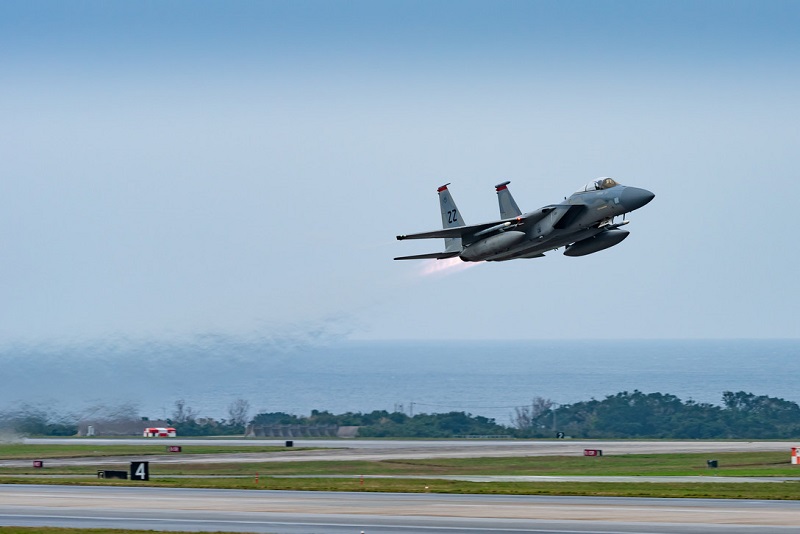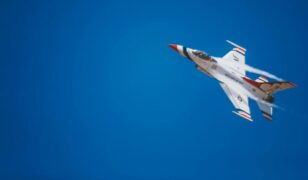Secretary of the Air Force Heather Wilson unveiled a new and ambitious Science and Technology Strategy designed to better identify, develop and deploy breakthrough technologies, April 17.
The 32-page report is a blueprint for the next decade and beyond. The strategy includes an array of changes allowing the Air Force to maximize – and expand – its technological advantage in the new era of peer-to-peer threats.
“This strategy isn’t just a list of technologies. Our approach will be to predict where adversaries cannot easily go and make sure the Air Force gets there first,” Wilson said.
The plan for executing this strategy is divided into three objectives to make the vision a reality:
Develop and deliver transformational capabilities
The Air Force will focus on developing and delivering transformational, operational capabilities by restructuring its science and technology portfolio.
“The Air Force will prioritize five strategic capabilities while maintaining the ability to dominate time, space, and complexity across all operating domains,” she said.
The five capabilities are:
• Global persistent awareness which may include advances in “multimodal sensing” and developing new laser and multistatic radars;
• Resilient information sharing, which may include developing mesh networks and “agile systems with real-time spectrum awareness”;
• Rapid, effective decision-making which may include advances in artificial intelligence, machine learning and predictive data analytics;
• Complexity, unpredictability, and mass, which may include upgrades to multi-domain command and control, developing low-cost air and space platforms and other advances, and;
• Speed and reach of disruption and lethality, which may include hypersonic flight, scramjet propulsion and a new generation of smart munitions and tools for cyberwarfare.
While the strategy will spur innovation and efficiencies across a broad range of programs, Wilson said the document places a special emphasis on hard-to-crack efforts related to multi-domain warfare.
While the strategy features a collection of new policies, tools and practices, it also calls for a modified “return to our roots” by focusing 20 percent of Air Force science and technology (a subset of research, development, test & evaluation) funds on path breaking “Vanguard” projects.
This effort will advance emerging weapon systems and warfighting concepts through prototyping and experimentation. The concept is drawn from past successes such as the “Century Series aircraft.” These aircraft ranging from the F-100 to F-106 were developed in the 1950s and 1960s broke new ground, marking the first supersonic and double supersonic fighters and the first tactical aircraft designed to carry nuclear weapons.
Reform the way science and technology is led and managed
The Air Force proposes to reform the way they lead and manage through the appointment of a chief technology officer. The intention is to elevate the advocacy for science and technology within the Air Force.
The person selected for this newly created senior position will guide strategic scientific and technical decisions, prioritize activities and coordinate across the Service to convert scientific and technical investments into new disruptive capabilities.
Deepen and expand scientific and technical enterprise
The Air Force will deepen and expand the enterprise by engaging the workforce and leveraging partnerships with partner organizations. Enhancing the recruitment of national and global talent, advancing workforce development, creating a stronger pipeline of technology-proficient military Airmen and implementing agile workforce practices will significantly strengthen Air Force scientific and technical expertise.
Expanding the Air Force’s scientific presence in innovation hotspots, funding research in universities and with partnerships, creating a more visible Air Force science and technology front door and strengthening partnerships increases discovery, innovation and technology transition. This will strengthen the workforce and strengthen its connections to the broader scientific enterprise.
“Transforming the force will require a change in mindset requiring everyone involved to stretch their thinking from what is possible to what is conceivable,” said Dr. Richard Joseph, the chief scientist of the Air Force. “Most of all, it requires that the S&T and operational elements of the Air Force work together to confound the strategies of our adversaries.”
Source: U.S. Air Force








